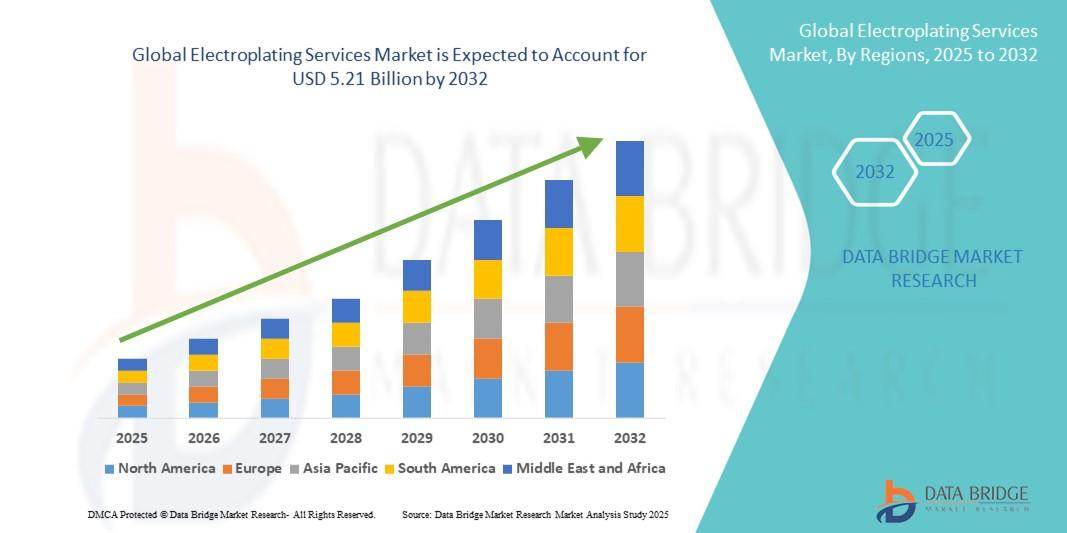MPPT Charge Regulation Systems: Global Market Insights

MPPT Charge Regulation Systems - MPPT charge regulation systems enhance solar energy efficiency by optimizing voltage conversion and maximizing power harvest.
MPPT (Maximum Power Point Tracking) charge regulation systems are the advanced, high-efficiency solution in solar charging. They are sophisticated electronic devices that function as DC-to-DC converters, fundamentally decoupling the solar array's voltage from the battery's voltage to maximize energy harvest.
Principle of Operation: A solar panel's power output is maximized at a specific voltage and current combination, known as the Maximum Power Point (MPP), which constantly changes with light intensity, shading, and temperature. The MPPT controller's core feature is a microprocessor-based algorithm that continuously tracks this MPP. By acting as an intelligent transformer, it takes the higher voltage and lower current from the solar panel (at the MPP) and efficiently converts it into a lower voltage but a much higher current for battery charging. The total power is conserved (minus minimal conversion losses), resulting in a net gain of usable energy.
Key Advantages and Performance: The primary benefit of MPPT systems is their superior efficiency, typically yielding 10% to 30% more energy from the solar array compared to PWM controllers. This advantage is most pronounced in four scenarios:
Cold Climates: Cold temperatures increase a solar panel's voltage, pushing the MPP further above the battery voltage. MPPT efficiently captures this excess voltage.
High-Voltage Arrays: When using high-voltage, thin-film, or grid-tied solar panels to charge a lower-voltage battery bank (e.g., 60V array to a 24V battery).
Low Battery State: When the battery is deeply discharged, the low battery voltage creates a large voltage mismatch, which MPPT systems efficiently overcome.
Long Wire Runs: Higher array voltage allows for smaller wiring and less power loss, which the MPPT system can accommodate.
Applications: MPPT systems are the standard for all high-power, high-performance, and complex solar installations, including large residential backup systems, commercial off-grid sites, telecom stations, and industrial battery energy storage systems (BESS).
MPPT Charge Regulation Systems FAQs
1. What is the fundamental mechanism that allows MPPT to harvest more power than PWM?
The fundamental mechanism is DC-to-DC conversion combined with a complex tracking algorithm. Unlike a PWM, which is merely a switch that pulls the panel voltage down to the battery voltage, the MPPT unit uses an intelligent power stage to find the point on the solar panel's I-V curve (the Maximum Power Point) where V times I is highest. It then acts as a highly efficient voltage transformer, taking the high voltage/low current from the panel at the MPP and converting it into the low voltage/high current necessary for the battery. This allows the controller to utilize power that would have been wasted as heat or simply lost by the PWM unit.
2. How does the MPPT algorithm handle rapid changes in sunlight, such as passing clouds?
MPPT controllers use dynamic tracking algorithms, such as Perturb and Observe (P&O) or Incremental Conductance, to continuously adjust the operating point of the solar array.77 When a cloud passes, the solar irradiance drops, and the controller rapidly executes its tracking algorithm to find the new, lower MPP within milliseconds. High-quality MPPT systems are designed for high-speed tracking to ensure they follow the MPP accurately, preventing the system from settling on a local power maximum instead of the true global maximum, which can happen with less sophisticated tracking in partial shading.
3. What is the maximum voltage a typical MPPT controller can handle, and why is this important?
Typical high-end MPPT controllers are designed to handle open-circuit voltages (V_{oc}) ranging from 150V up to 600V (and even higher in utility-scale BESS systems). This high voltage capability is crucial because it allows multiple solar panels to be wired in series. Wiring in series increases the voltage, which minimizes the current (I) for a given power (P=V times I). Lower current significantly reduces cable size requirements and the associated cost, and more importantly, minimizes power loss (P_loss = I^2R) over long wiring runs from the solar array to the battery bank, simplifying system design and installation.




